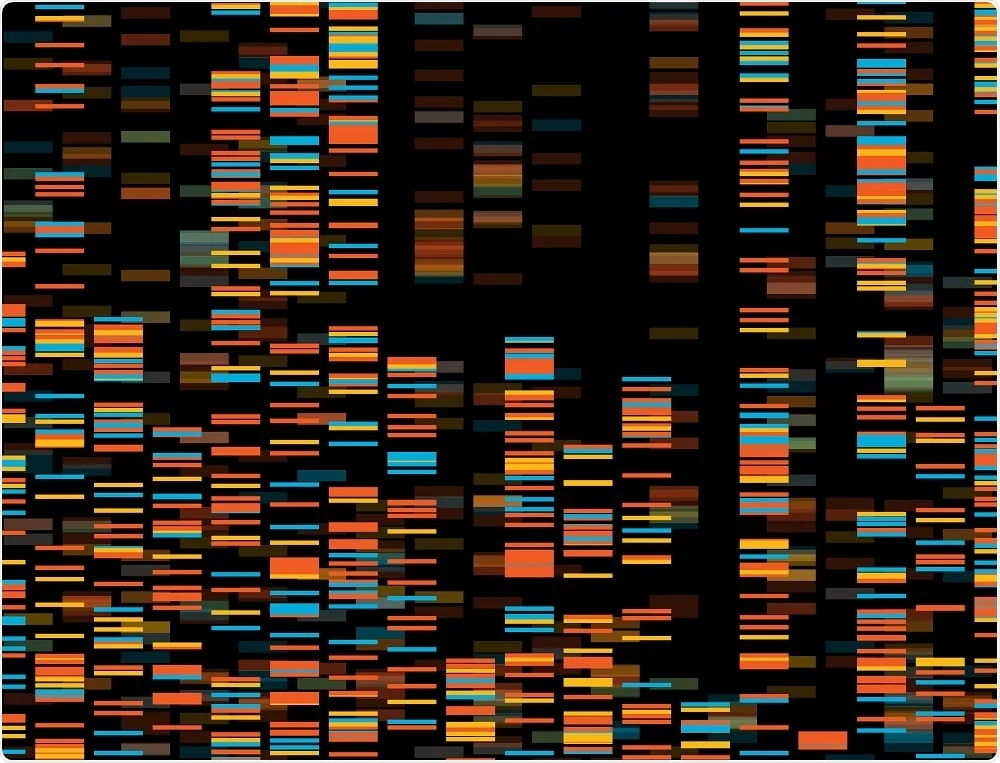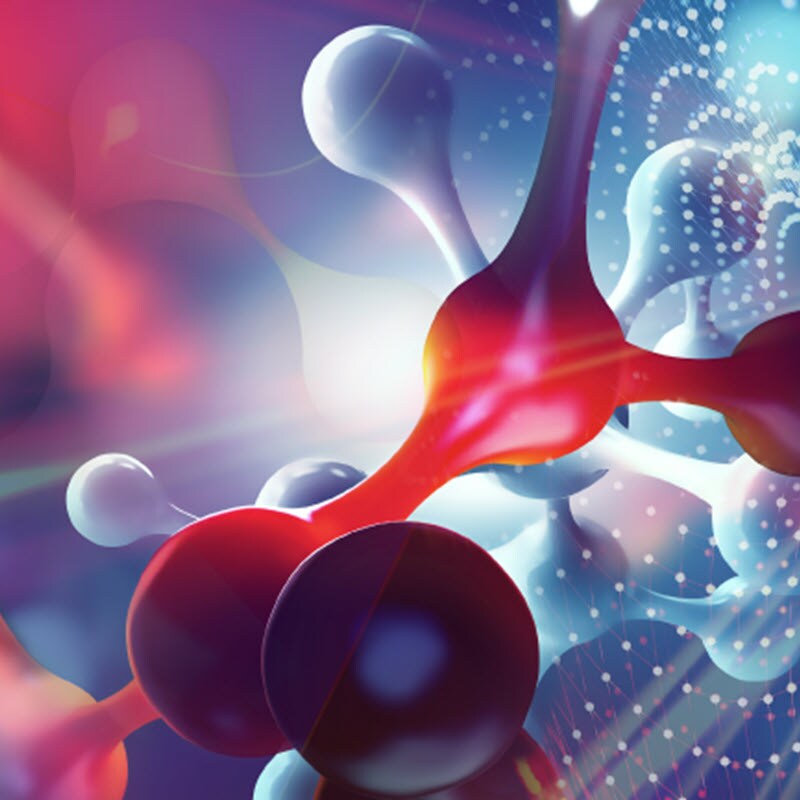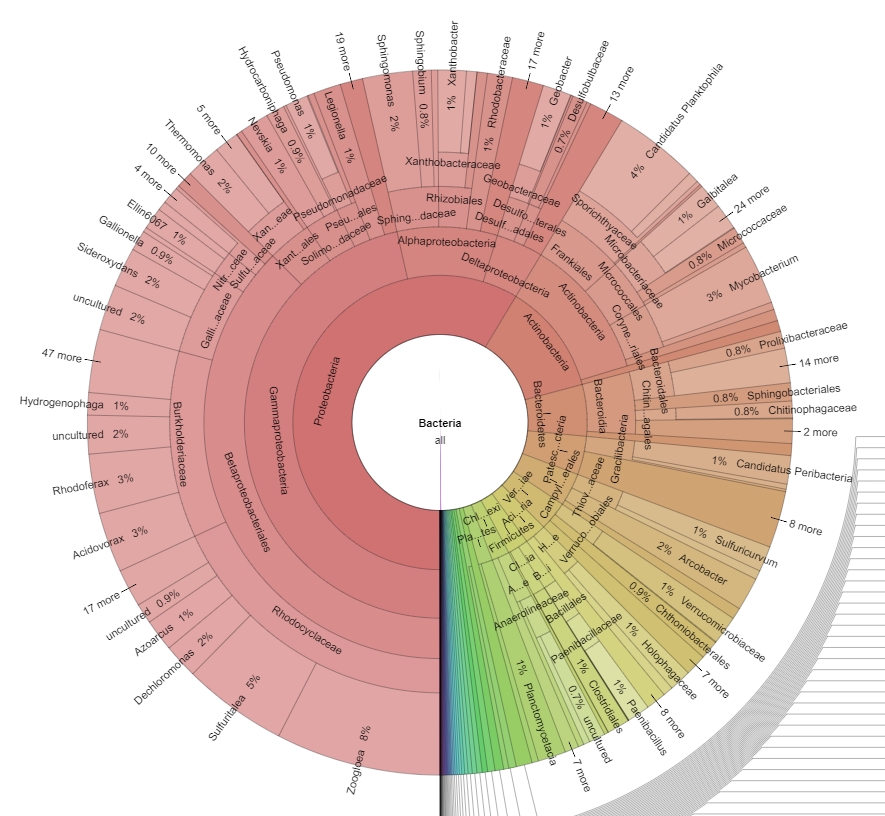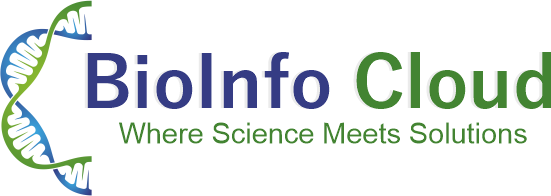Training
Training Programs

Introductory Bioinformatics Course

Training Programs
Introductory Bioinformatics Course
This course is perfect for newcomers to bioinformatics. It introduces fundamental concepts and tools, including sequence alignment, database searching, and basic programming skills in Python and R. By the end of the course, participants will have a solid grounding in bioinformatics.
Intermediate Bioinformatics Course
For those with some experience, this course explores more complex topics such as genome assembly, annotation, and comparative genomics. Participants will also learn advanced data analysis techniques and use popular bioinformatics software tools.
Advanced
Bioinformatics Course
Aimed at those with substantial bioinformatics knowledge, this course covers advanced statistical methods, machine learning applications, and big data analytics. Participants engage in hands-on projects that mimic real-world bioinformatics challenges.
Specialized Training Programs

Next-Generation Sequencing Data Analysis

Proteomics Data Analysis

Metagenomics and Microbiome Analysis
Specialized Training Programs
Next-Generation Sequencing Data Analysis

Proteomics Data Analysis

Metagenomics and Microbiome Analysis

Specialized Training Programs

Next-Generation Sequencing Data Analysis

Proteomics Data Analysis

Metagenomics and Microbiome Analysis
Custom Training Programs
We offer different courses on :
- A complete package of Bioinformatics
- Applied Bioinformatics
- Molecular Breeding Analytics
- Research Data Analytics
- Agricultural Data Analytics
- Bioinformatics Programming languages
- AI in Bioinformatics
Why to choose Bioinfocloud :
Cost
Effectiveness
On Job Practical Trainings
Quality
Learning
Certified
Institution
Specialized Training Programs
A complete package of Bioinformatics
Module -I
Biostatistics
- Measures describing the central tendency distributions- average, median, mode
- Measures of dispersion: Dispersion, Range, standard deviation
- Probability: Normal distribution and properties.
- Parametric test: t-test (Sample, Pooled or Unpaired and Paired), ANOVA, (One way and Two way).
- Correlation: Definition, Karl Pearson’s coefficient of correlation.
- Regression modeling: Hypothesis testing in Simple and Multiple regression models
- Graphs: Histogram, Pie Chart, Cubic Graph.
- Statistical Analysis Using Excel, SPSS, Graph pad prism.
- Basic fundamental of molecular biology used in bioinformatics
Fundamental of bioinformatics
- Basic fundamental of molecular biology used in bioinformatics
- Biological Databases:Nucleotide/ Genome Databases (GenBank, EMBL, DDBJ) , Protein Sequence Database (Uniprot-KB: SWISS-PROT), Structure databases (PDB, NDB, PubChem). Sequence file formats: Various file formats for bio-molecular sequences: GenBank, FASTA, GCG, MSF etc.
- Sequence Analysis – Basic concepts of sequence similarity, identity and homology, definitions of homologues, orthologues, paralogues and xenologues
- Scoring matrices, PAM and BLOSUM, Sequence alignment – Measurement of sequence similarity; Similarity and homology. Pairwise sequence alignment: Basic concepts of sequence alignment, use of pairwise alignments for analysis of Nucleic acid and protein sequences and interpretation of results.
Basic tools and popular software in bioinformatics
- Primer designing for PCR, RT PCR, Molecular Marker
- Pairwise alignment and Multiple sequence alignment; ClustalW
- Phylogenetic analysis; MEGA
- Dot Plot
- Use of in sequence manipulation Bioedit.
- Motif analysis: MEME
Module -II
Bioinformatics Programming languages
1. Advanced R :
Building upon foundational R skills, you'll explore advanced data manipulation, visualization techniques, and statistical analyses tailored specifically for bioinformatics applications. Topics may include genomic data analysis, statistical modeling.
2. Perl / Bioperl:
Perl has long been a staple in bioinformatics due to its text processing capabilities and extensive bioinformatics libraries like Bioperl. You'll learn how to efficiently parse and manipulate biological sequences and
3. Python / Biopython:
Python's versatility and readability make it increasingly popular in bioinformatics. With Biopython, you'll harness powerful libraries for sequence analysis, and sequence manipulation. You'll also explore tools for data analysis, visualization used in bioinformatics.
4. Machine Learning- Artificial Intelligence (ML- AI):
ML techniques play a crucial role in extracting meaningful patterns from large biological datasets. You'll learn about supervised and unsupervised learning algorithms, feature selection, and model evaluation.
NGS Data Analysis
- Introduction Genomics Bioinformatics
- Basic Understanding of different NGS platform
- LINUX Operating System: Overview of Linux Architecture and Basic commands
- Basics of genome assembly and annotation
- Quality Check of data using fastqc
- Interpretation of NGS Data
- RNAseq analysis: Alignment or Mapping, Differential Gene Expression (DEGs)
Module -III
Molecular breeding analytics
- Basic concept of molecular marker and QTL mapping
- Various Molecular Diversity analysis
- Molecular marker data handling
- SNP data analysis
- Genome-wide association studies (GWAS) with TASSEL and GAPIT in R
- Haplotype analysis
- Basic of R and data analysis
- Data representation and interpretation
Research Data Analytics
Research Data Pre-processing, Analysis, Interpretation and Manuscript Writing: A Comprehensive Guide
- Biostatistics
- Data analysis and visualization tools: Various designs: CRD, RBD, Factorial ANOVA, DMRT.
- EXCEL
- R
- SPSS
- GRAPH PAD PRISM
- AI tools MS writing
- Data interpretation
- Research paper writing

